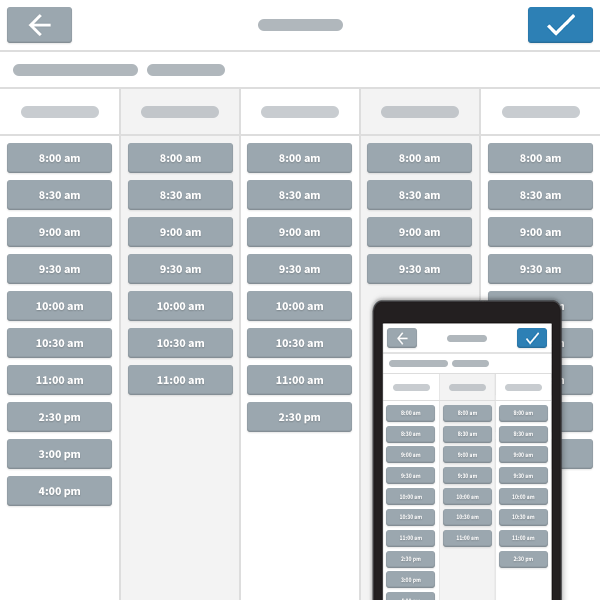Unfortunately with so many different types of software, platforms and new applications out there it becomes necessary at some stage to make sure the systems talk to each other.
There are always new software applications emerging in todays market and in many cases the programs or apps are written in completely different code bases.
If business have systems that do not talk to each other you may run the risk of data not being synchonised across the various aspects of the business.
Listed below are some ways to reduce the cost of system integration. There are certain risks of forgetting departments during a system integration to be careful of.
1) Prepare a complete list of all of your systems then interview key stakeholders asking for the key features, functions and requirements of the particular system.
2) Outline within the above list a structure of legacy systems, onsite, cloud and systems that have API and EDI capabilities.
3) Whiteboard the key department work flows to ensure all stakeholders have documented their needs and risk elements
4) Investigate third party influences including supplier feeds and external gateways
5) Consider all internal workflows including sales, accounting, hr, customer service, operations, warehouse, marketing and of cause the head honchos ( reporting )
6) Select the best system integrator.
7) Make sure plenty of testing is performed in sandbox/ testing mode.
When working with complex integration projects be sure to work with trusted IPAAS providers such as Octerpus, IBM, Oracle, Hybris and other trusted IPAAS providers.












